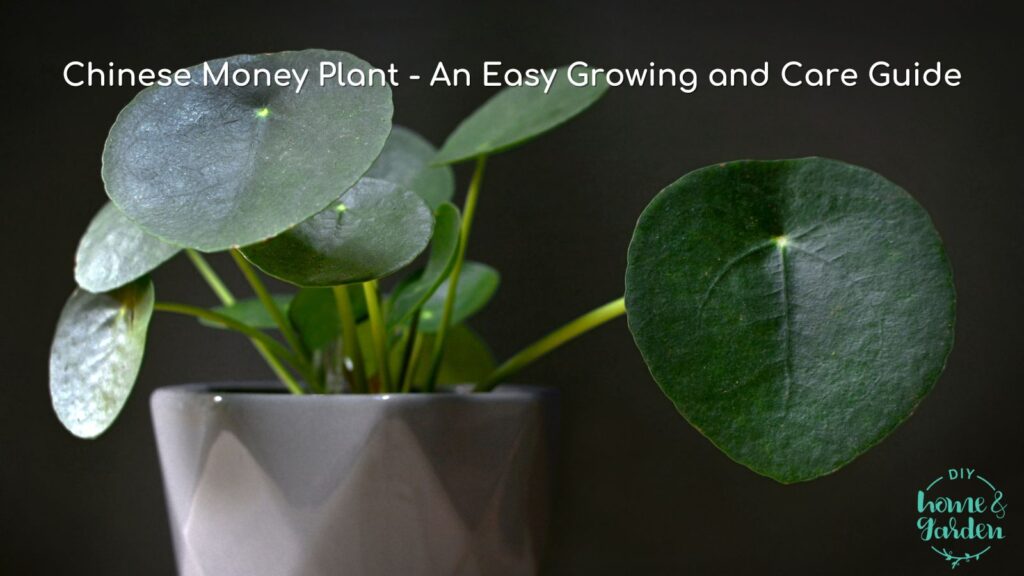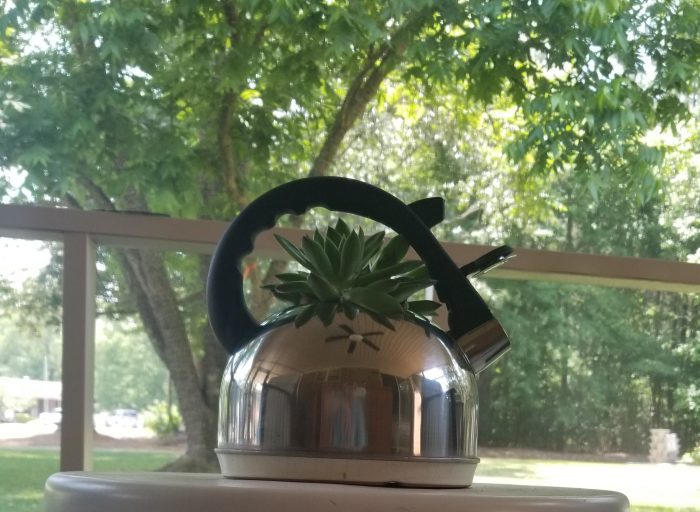Do you struggle to find the formula to nurturing healthy houseplants?
If you love plants but find gardening too bothersome and tedious, then maybe you’ll have fun with house plants. If you want to experience what it’s like to take care of plants without having the same stress of tending a garden, getting houseplants is a good substitute. However, that doesn’t mean that taking care of houseplants is easy and stress-free.
Remember, you’re taking care of life, and just like all living beings, when neglected, they soon wither and die. Luckily, there’s only minimal difference in full-blown gardening to taking care of a houseplant, except for a few very specific things. That is why you should learn everything you have to know about taking care of a houseplant.
Four Easy Tips for Lush Houseplants
Hence, here are four tips on how to keep lush and healthy houseplants.

1 – Know Your Houseplants
You can’t just go to a store and buy a plant. Each plant has its preferred way of life, and if they are not met, they die. Luckily, you can ask staff how to take care of a specific plant and ask for tips on keeping them healthy.
When you buy a plant, you can see a label in their packaging with some basic tips on how to take care of them. For example, some might need constant watering and sunlight, while others only need minimal sunlight and a specific fertilizer. Make sure that you’re using the correct fertilizer as well. This is because when you use the wrong one, it can burn the plant’s roots and make it vulnerable to insects.
When you see brown spots on any of your plants, it is often because of insects and is not the same as the brown spots that your lawn has. For lawn care, you can read a mytrugreenlawn.com article on the cause of brown spots. However, keep in mind that the solutions to get rid of brown spots on your lawn may not work for your houseplants.
2 – Choose the Correct Pot
Drainage is extremely important for plants. Usually, pots have holes in the bottom to drain any excess water inside the pot. If there are no holes, the water will be trapped inside the soil, which can harm your plant. This is because of “drowning,” which harms a plant by having too much excess water inside the soil. A good indication that a plant is drowning is that it’s slowly withering, and the leaves are too droopy. You could also check the soil if it’s too damp.
You shouldn’t only see if the pot has holes, though, as you should also check if the pot is big enough for the roots to settle in. If the roots don’t have ample room to stretch, the plant will be top-heavy, and the roots won’t be able to support the amount of foliage on the plant, causing it to wither and die.

3 – Water Your Houseplants Correctly
Watering is quite complicated, especially if you’re new to caring for plants. Water too much, and your plant will easily drown. Water too little, and they will wither and die. For your plants to be healthy and safe, you need to water them with the correct amount to keep their roots healthy, not to mention that it depends on the type of plants.
Some plants prefer to keep their soil constantly moist, while others like their soil to dry out first before you water them. In general, to see if your plants need watering, you can touch the soil at the edge of the pot. If the soil is dry and crumbly, you need to water them. If it’s still damp and moist, you might have to wait for another time to water them again.
Don’t deprive them of water too much as they will get thirsty. You’ll know a plant is thirsty if the leaves are brown and shriveled. However, you should not let your plants get to this point to keep them healthy.
When watering your plant, pour water on it until it runs at the bottom of the hole or if the soil no longer holds the water in. If the water is beginning to pool at the top of the pot, then it’s time to stop watering.
In general, there is no way to prescribe how much water you should water your plants with, as the amount depends on the kind of plant you have. Luckily, it’s easy to see if your plants need water.
4 – Be Considerate of the Location
Generally, you need to keep plants away from areas that are too hot or cold, as well as drafty ones. Air conditioners, vents, your boiler room, etc., are big No-Nos. If your plants are in direct sunlight and they look dry and brownish, place them somewhere else.
Also, check if they need repotting as the roots can damage the pots and their drainage systems. If you want your houseplants to live, put them in a safer pot that is bigger and deeper than their original pots to accommodate their roots.
The Takeaway: You Can Have Success Growing Houseplants When You Follow This Advice
If you’re new to planting, these are some very helpful tips to keep your plants safe and healthy inside your homes. However, if you’re unsure that your plant is fine, you can always look at the appearance to see if they have brown spots or are looking dry and shriveled.

